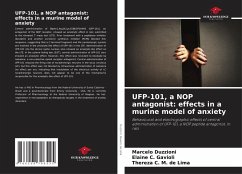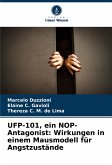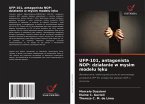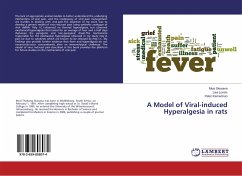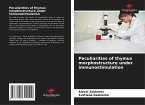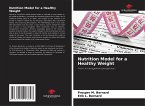Central administration of [Nphe1,Arg14,Lys15]N/OFQ-NH2 (UFP-101), an antagonist of the NOP receptor, showed an anxiolytic effect in rats submitted to the elevated T maze test (LTE). Prior treatment with a peptidase inhibitor (bestatin) and another serotonin synthesis inhibitor (PCPA) blocked this response, suggesting that a C-terminal fragment and the serotonergic system are involved in the anxiolytic-like effect of UFP-101 in the LTE. Administration of UFP-101 into the dorsal raphe nucleus also showed an anxiolytic-like effect on the LTE. In the sphere hiding test (SST), central administration of UFP-101 also showed an anxiolytic effect. However, this effect was resistant to blockade by naloxone, a non-selective opioid receptor antagonist. Central administration of UFP-101 reduced the firing rate of noradrenergic neurons in the locus ceruleus (LC), but this effect was not blocked by intravenous administration of naloxone (no effect per se), indicating that modulation of the electrical activity of LC noradrenergic neurons does not appear to be one of the mechanisms responsible for the anxiolytic-like effect of UFP-101.
Bitte wählen Sie Ihr Anliegen aus.
Rechnungen
Retourenschein anfordern
Bestellstatus
Storno

